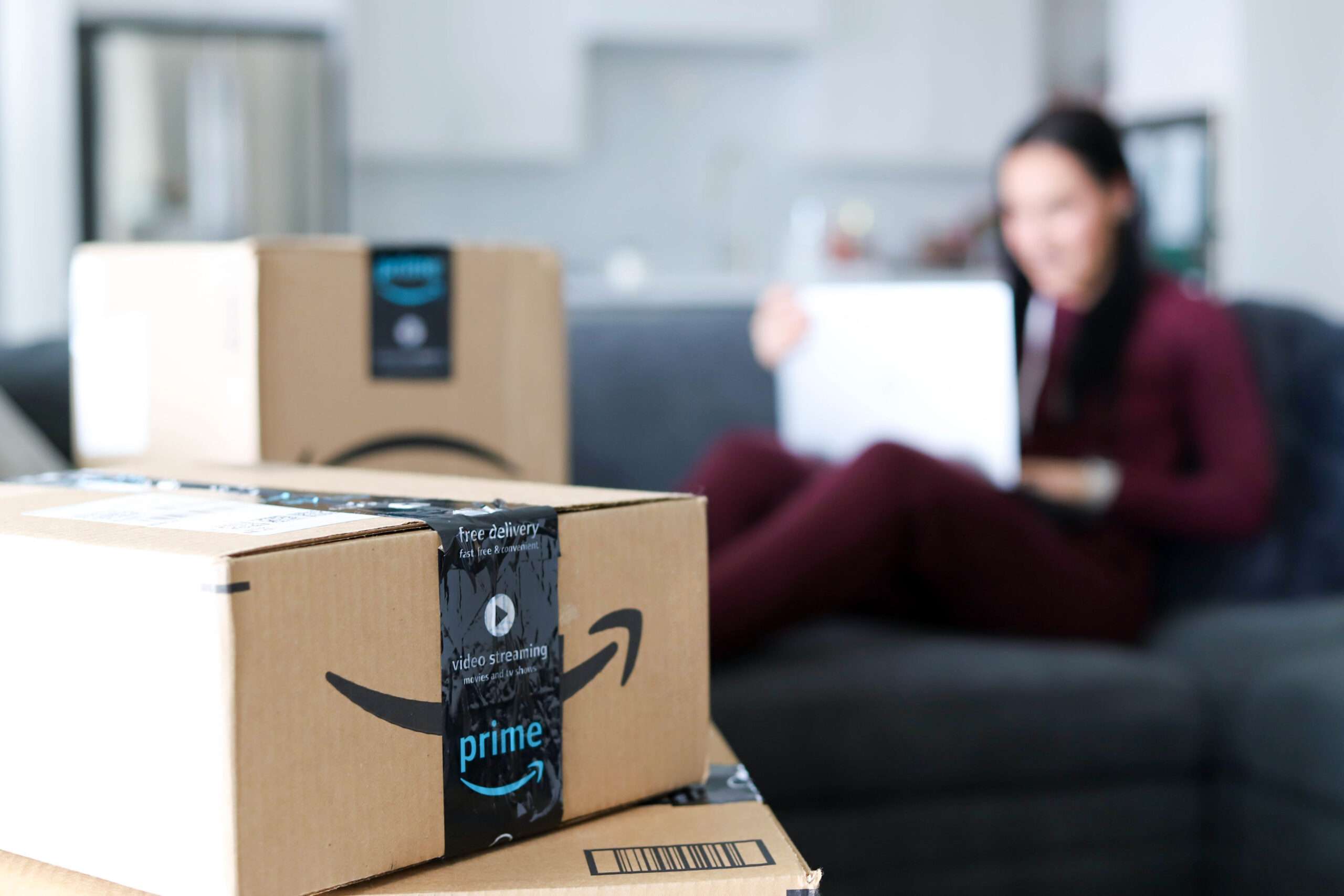Rich Kids Are Using a Sneaky Trick to Score Free Stuff on Amazon – Here’s How They’re Doing It!

Amazon, in the age of online shopping, has become a target for some savvy shoppers who have found a way to exploit the system, raising serious ethical questions. This new trend, known as “digital shoplifting,” involves ordering products from online retailers, claiming you never received them, and then receiving a full refund—effectively getting free stuff. But what’s surprising about this scam is that it isn’t being carried out by the typical image of the cash-strapped individual; it’s actually wealthy Gen Z and millennials who are leading the charge.
The Digital Shoplifting Scam
Digital shoplifting works by deceiving e-retailers about not receiving products that were actually delivered. When the retailer processes the claim, they often refund the customer, who then gets to keep the item. It sounds simple, but it’s Amazon becoming more and more common. According to a survey by the fraud prevention group Socure, a staggering 55% of Gen Z and 49% of millennials earning more than $100,000 a year admitted to taking part in this type of scam. And it’s not just a few bad apples—one in eight Americans have admitted to digital shoplifting, regardless of their income bracket.

This trend is not limited to low-income individuals trying to get ahead. Wealthier, younger consumers who understand how online merchants and banks operate seem to be exploiting these systems more than others. “There might be a link between those who better understand bank and merchant obligations to those that are taking advantage of them,” explained Ori Snir, head of product management at Socure.
The TikTok Hack: A How-To Guide for Scam Artists
This scam is being popularized and shared through Amazon social media platforms like TikTok. Last December, money vlogger Faares Quadri posted a video explaining how to execute the “secret Amazon hack.” While he suggested the scam should only be used when a package is truly delayed, the underlying message was clear: if you claim you never received your package, you’re likely to get a refund without even having to return the product.
Quadri’s approach was straightforward: chat support is lenient, and most of the time, you won’t even be asked to send the item back. Though he presented it as a lighthearted suggestion, it opened the door for many viewers to adopt this scam as a way to score free stuff.

The Risks and Consequences
The allure of digital shoplifting lies in the fact that, for many, the worst-case scenario is simply having their claim denied. However, the best-case scenario is a full refund with no consequences, leading some to repeat the process. Though this may seem harmless when done to large retailers like Amazon or Walmart, the real harm is felt by independent merchants who don’t have the resources to fight these claims.
In response, Socure’s Snir advises small online businesses to “fight back.” Merchants can collect evidence to prove the legitimacy of purchases, including tracking details and customer information. This could help deny fraudulent chargebacks or refund requests.
This trick has sparked a mix of outrage and fascination, as it highlights how some savvy shoppers are exploiting loopholes in online retail systems. While large corporations like Amazon can absorb the losses, smaller independent sellers are often hit harder, facing chargebacks and disputes. With digital shoplifting becoming a viral trend, experts warn that it could set a dangerous precedent, encouraging others to see fraud as a quick, low-risk way to get free goods. As more young, wealthy shoppers turn to this tactic, Amazon may push e-retailers to rethink their fraud prevention strategies – or risk losing even more to this growing scam.

The Bottom Line: Ethics and Consequences
While digital shoplifting may seem like an easy way to get free products, it is ultimately a form of fraud, and it can have ripple effects. The increasing prevalence of this scam, especially among wealthier, tech-savvy younger generations, has sparked concerns about the ethics of taking advantage of retailers who are already vulnerable to cybercrime. With higher-profile cases and greater awareness, the line between savvy shopping and unethical behavior is starting to blur.






